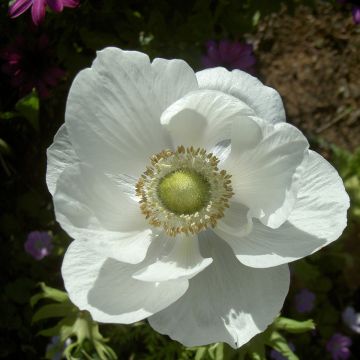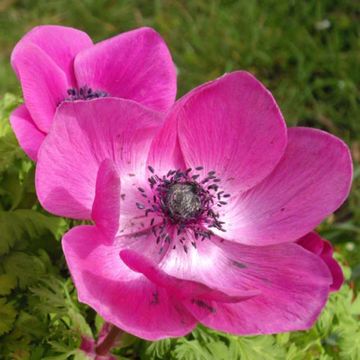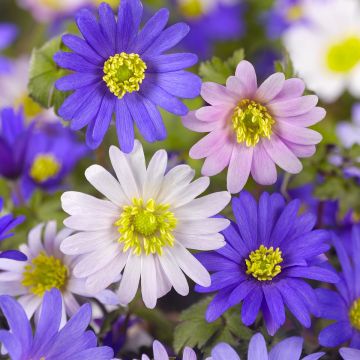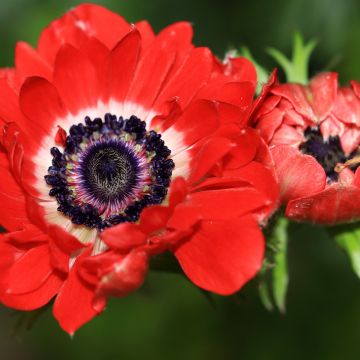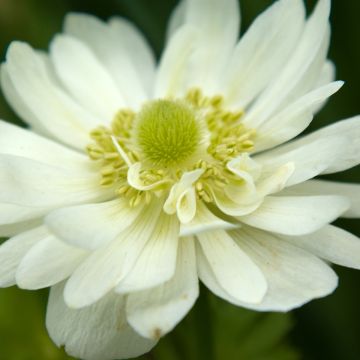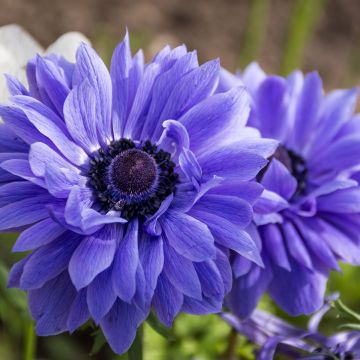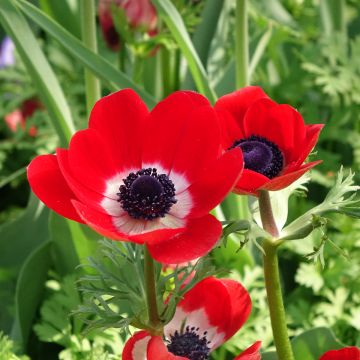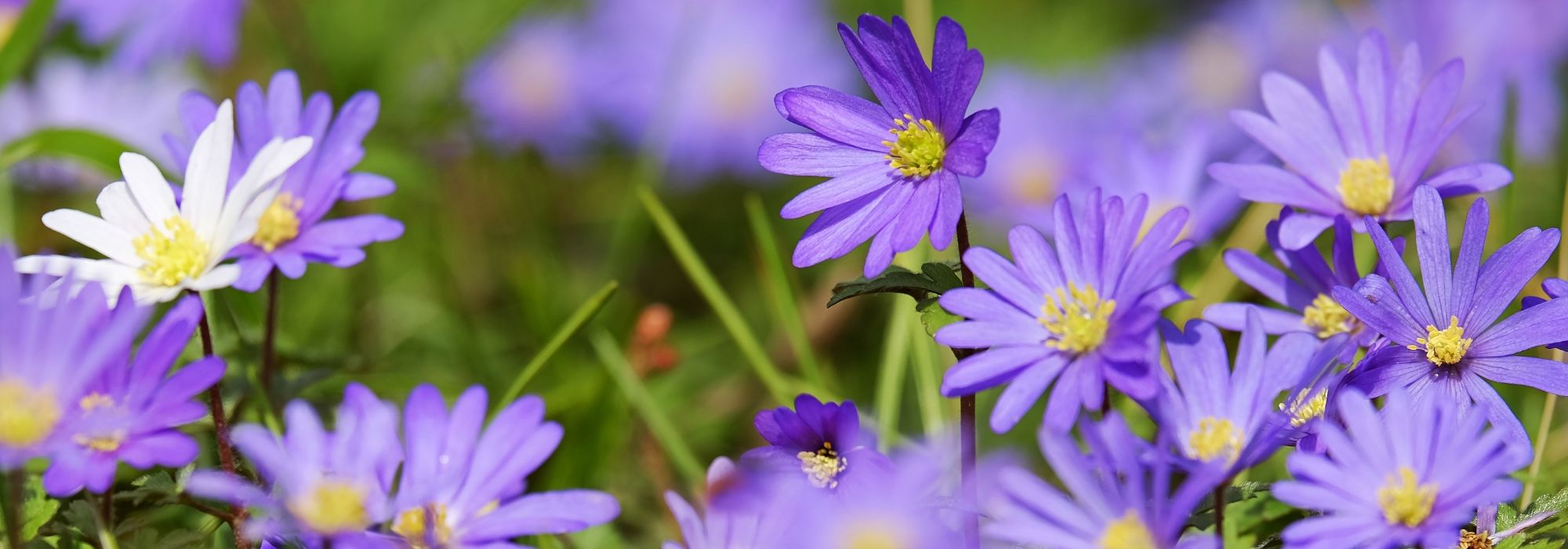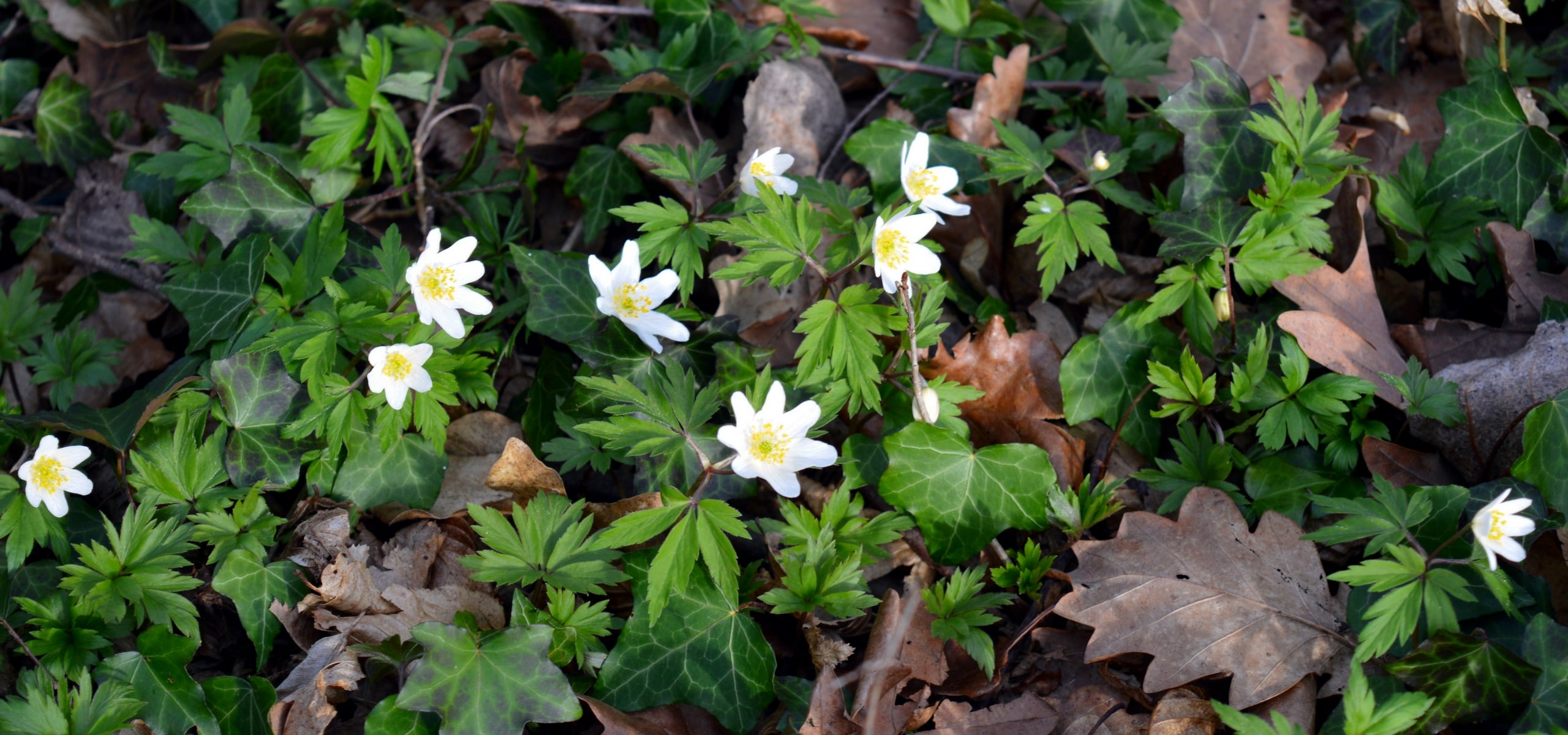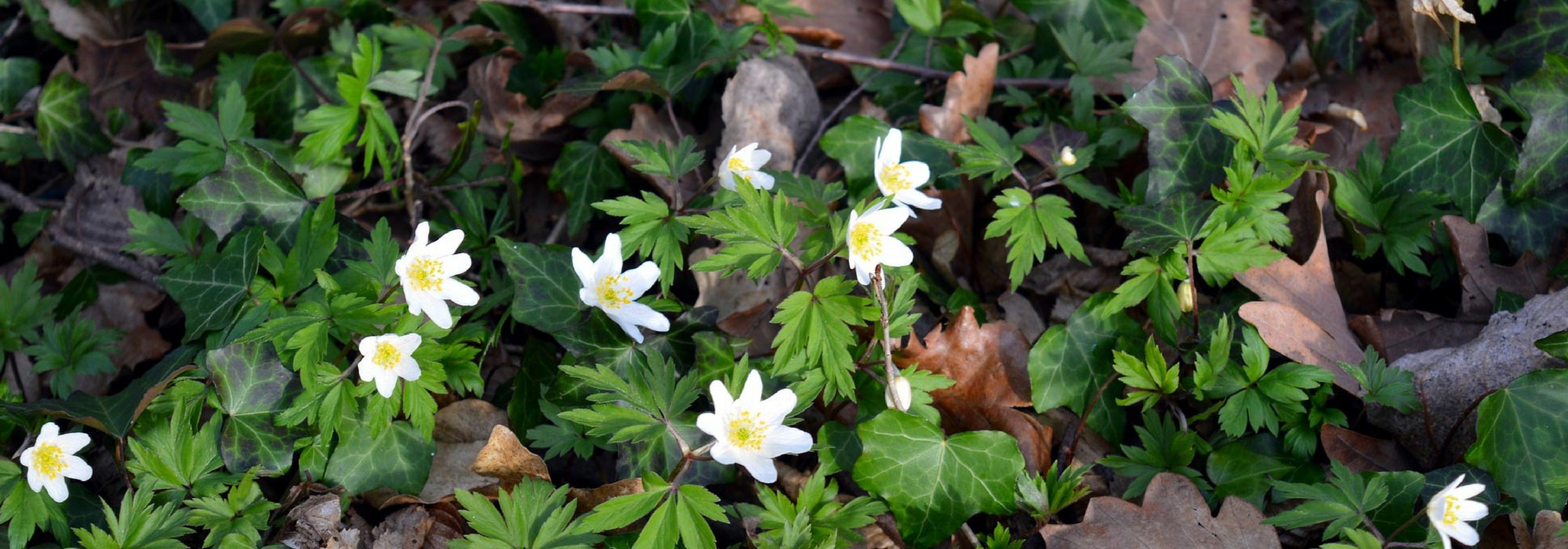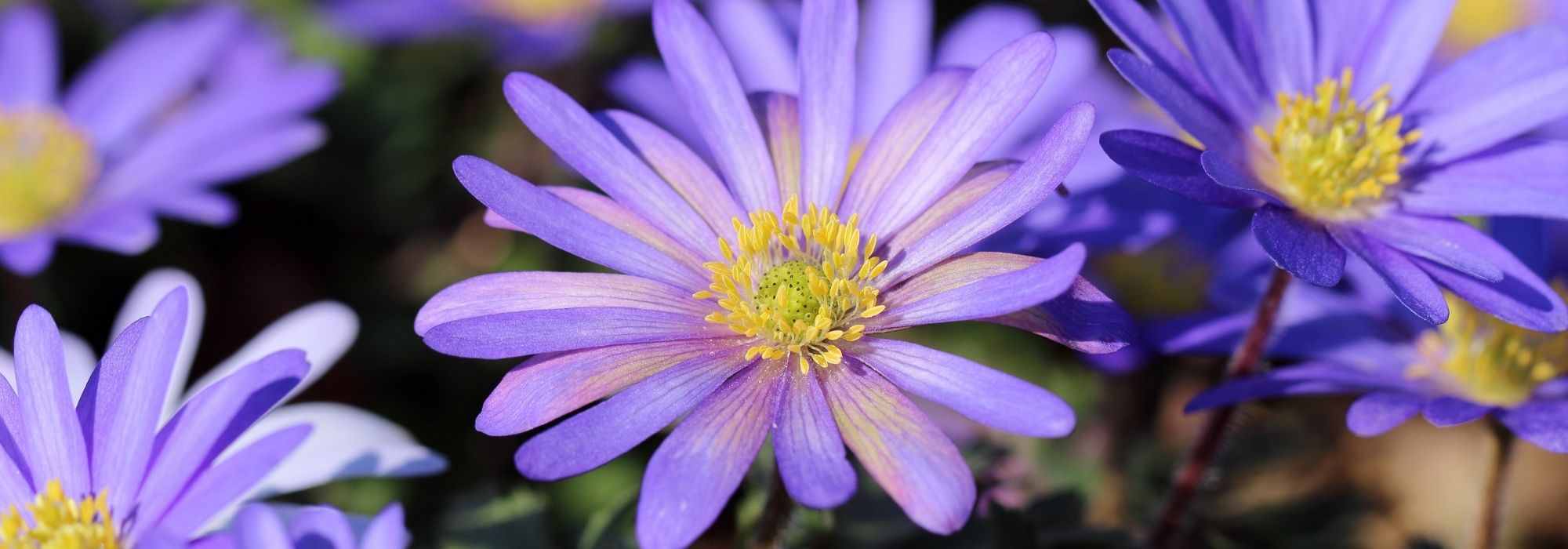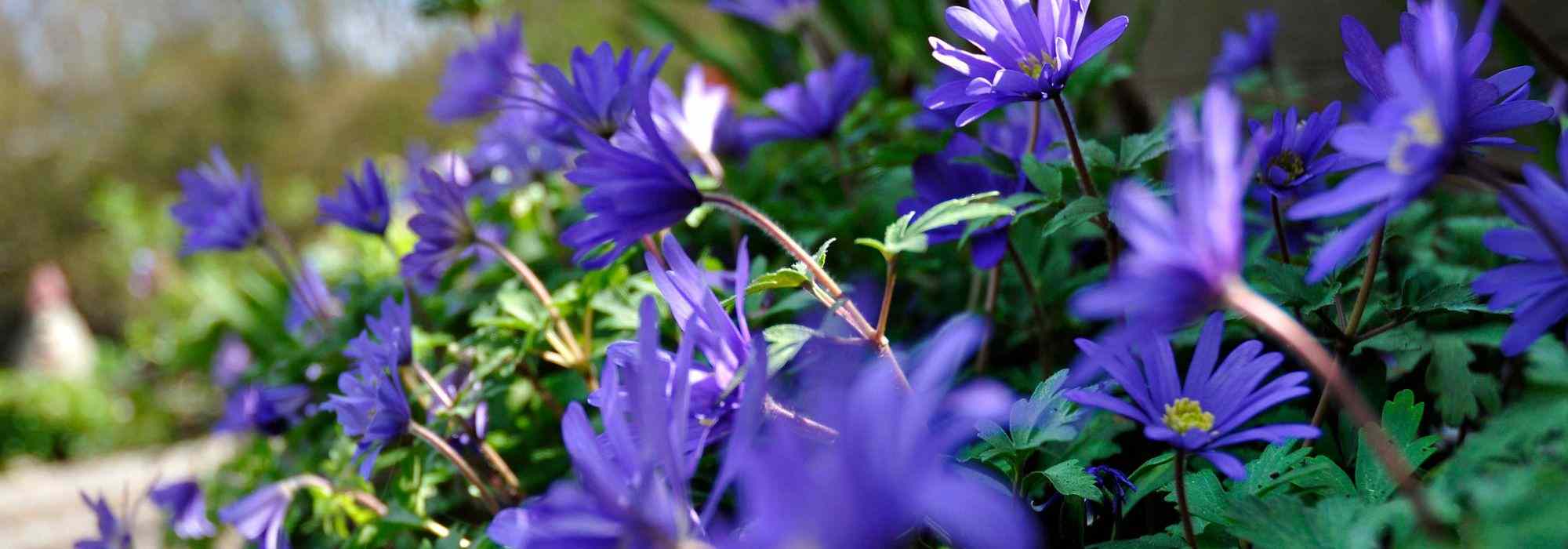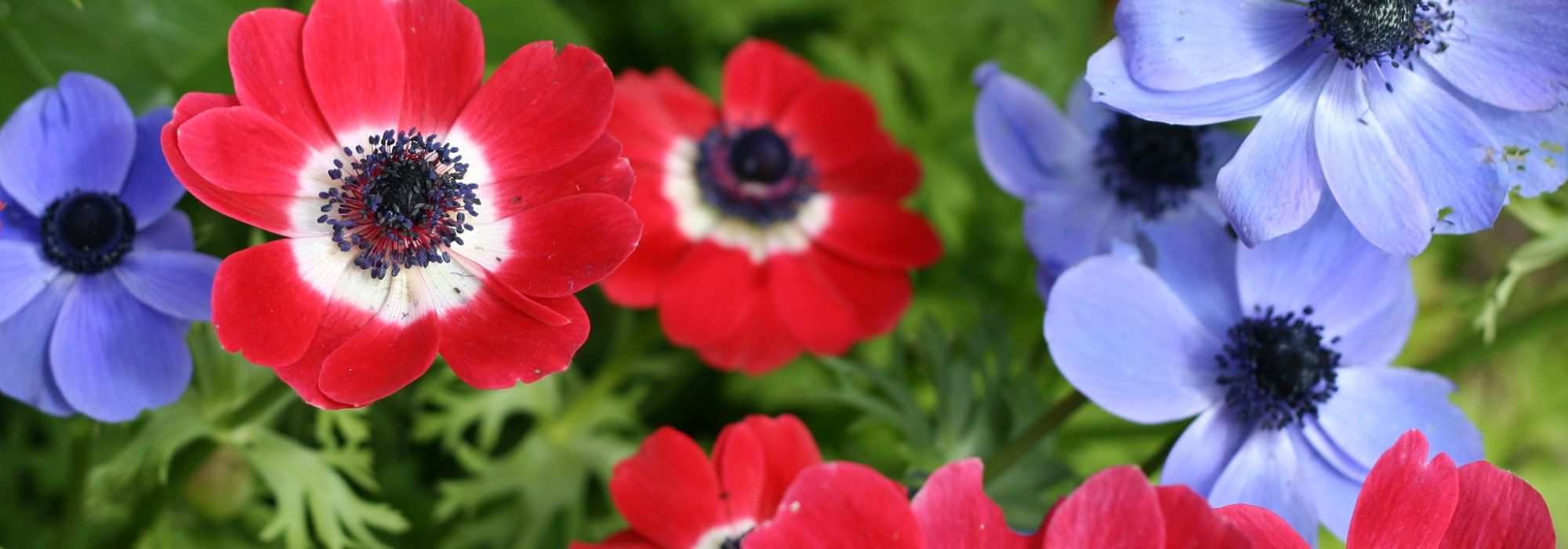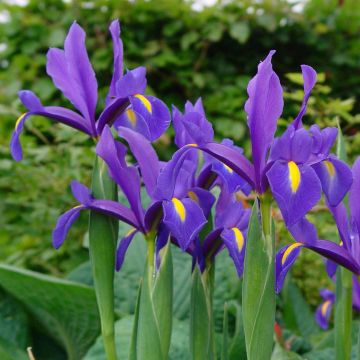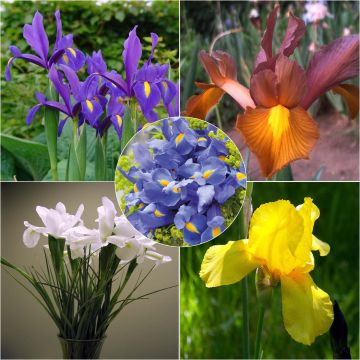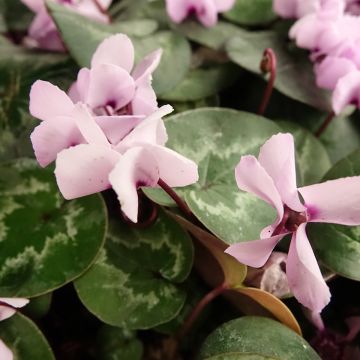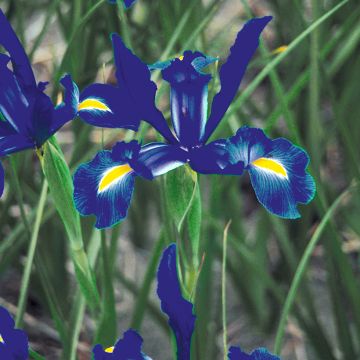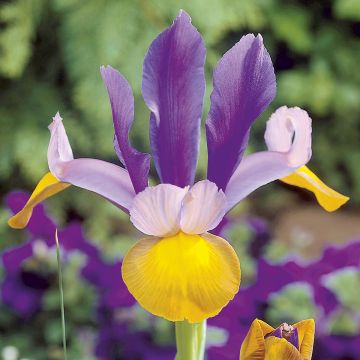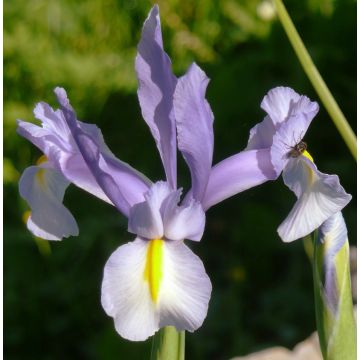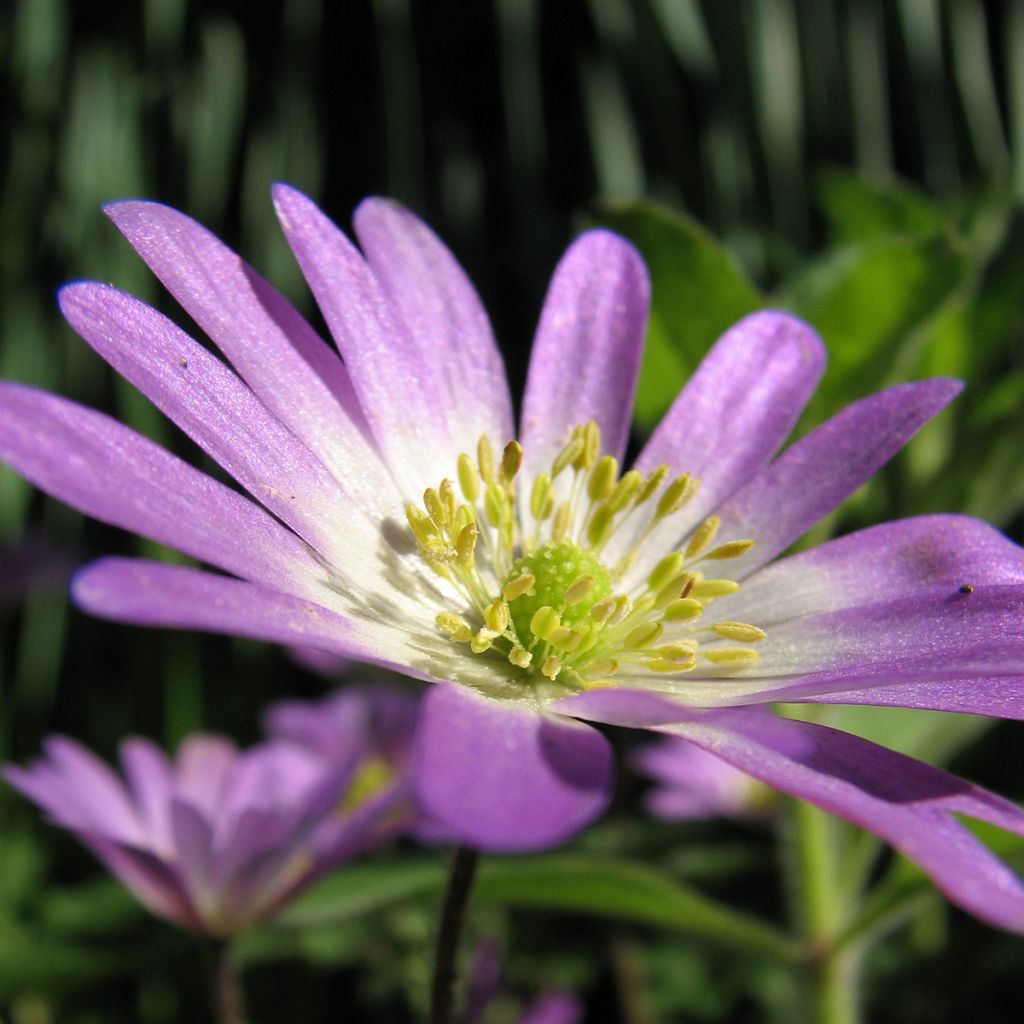

Anemone blanda Charmer
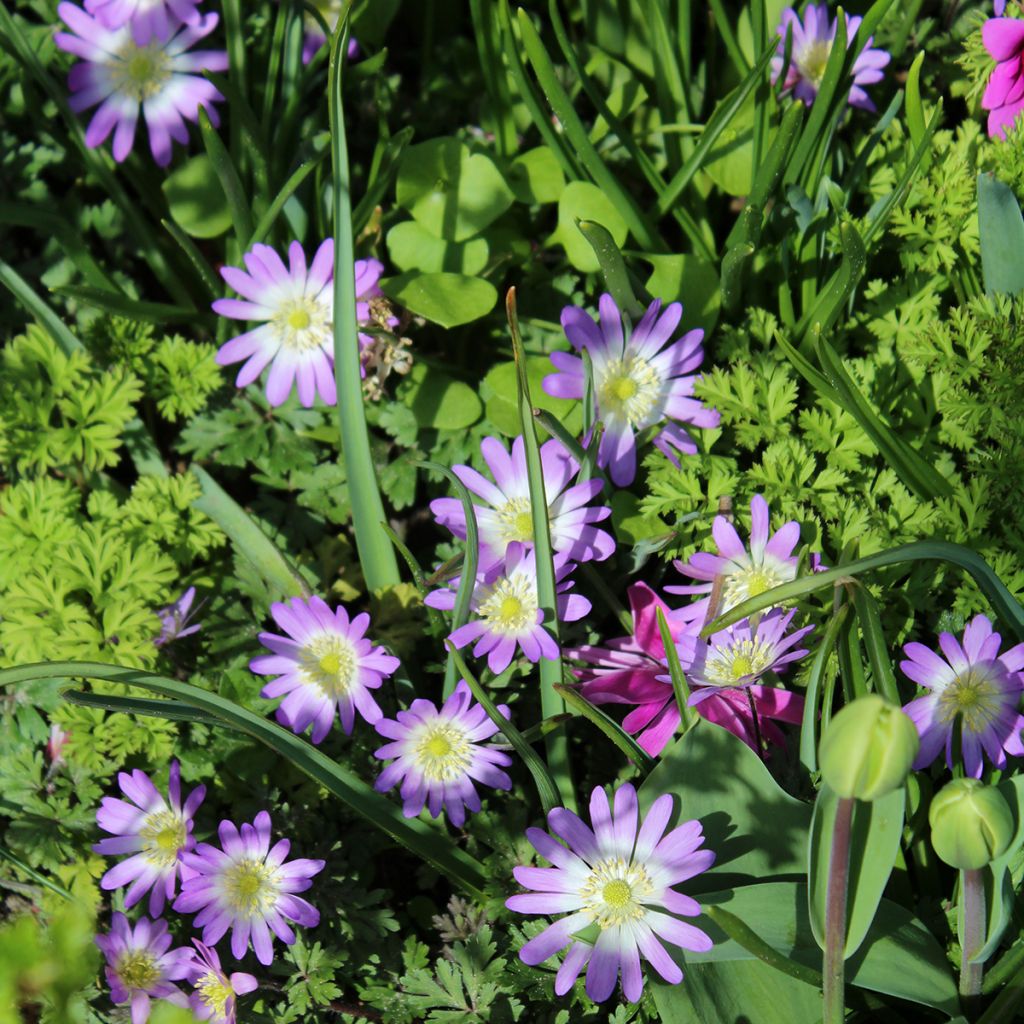

Anemone blanda Charmer
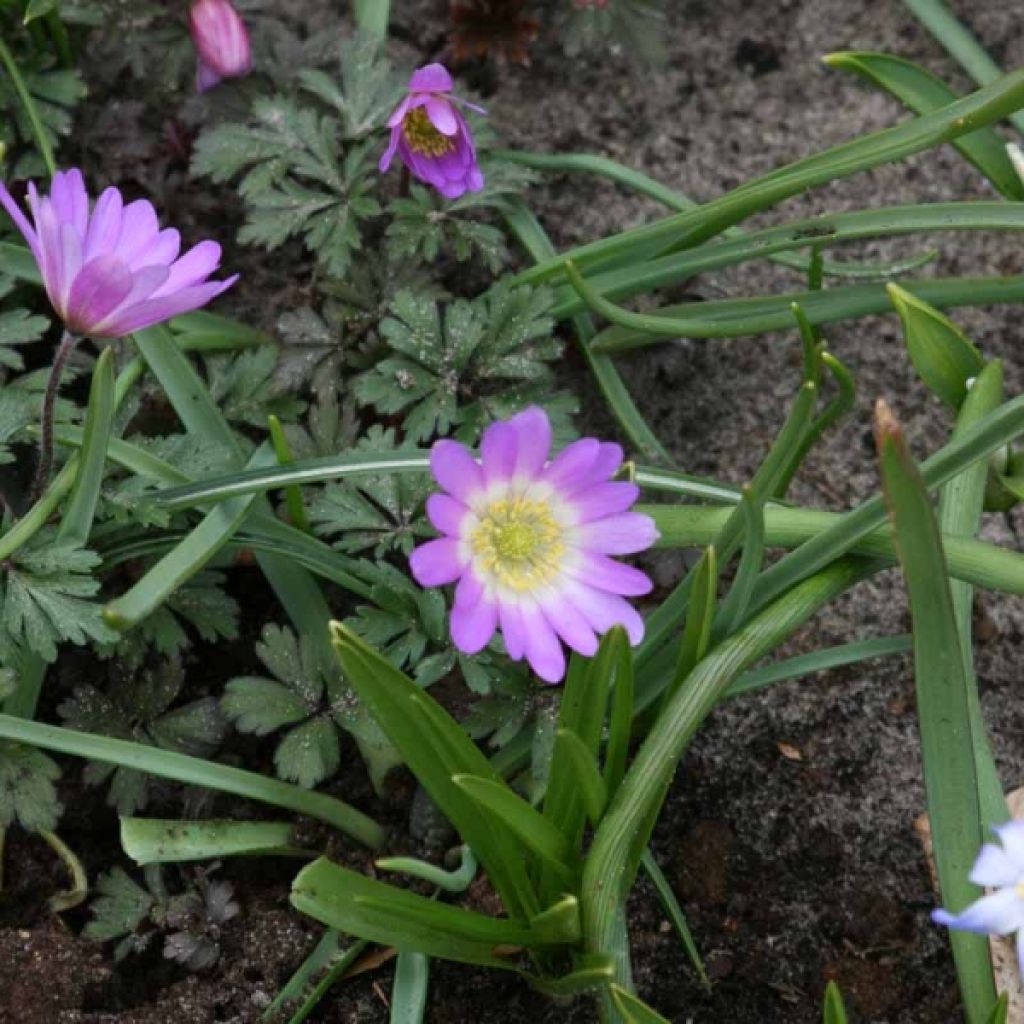

Anemone blanda Charmer
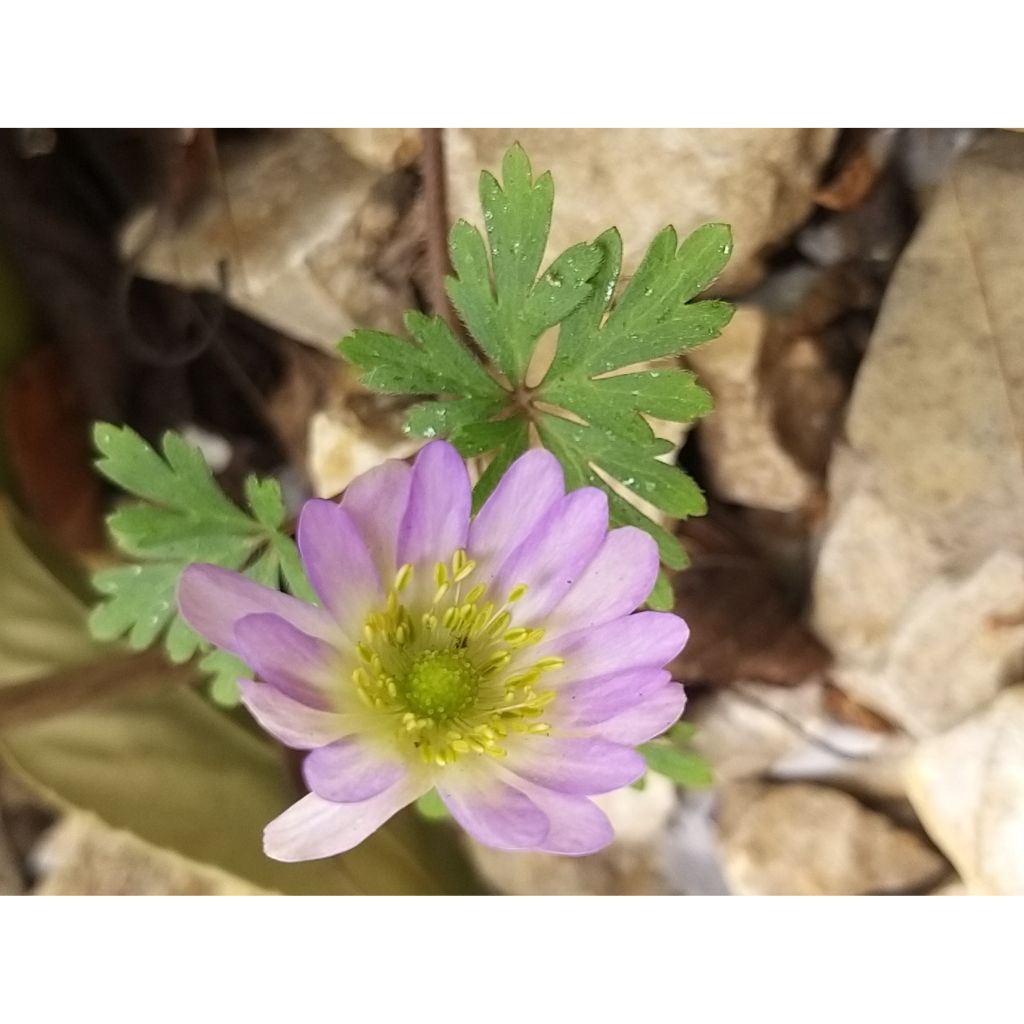

Anemone blanda Charmer
View more pictures
Hide images
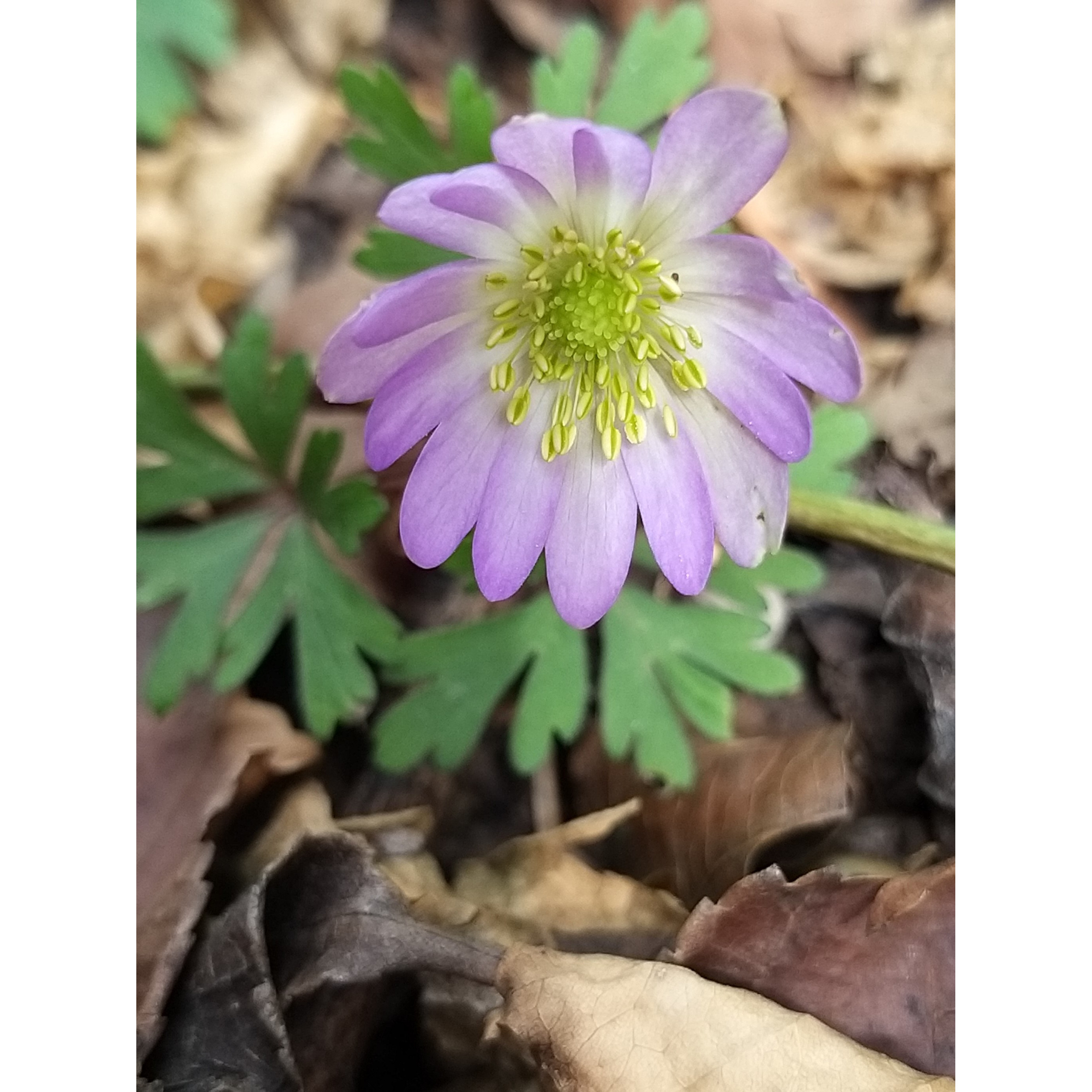
Thierry P.

March flowering - image 5
Thierry P. • 84 FR
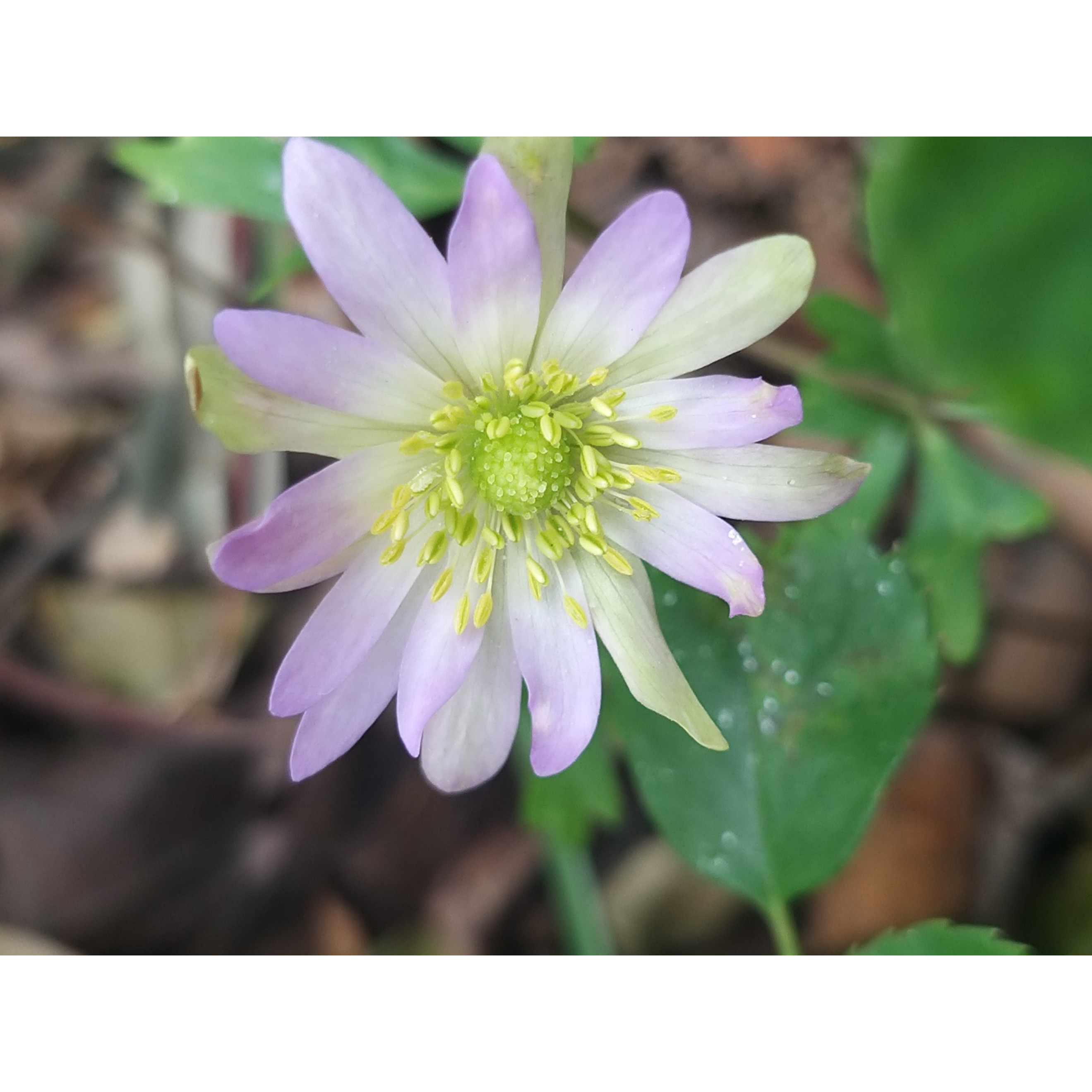
Thierry P.

April flowering - image 4
Thierry P. • 84 FR
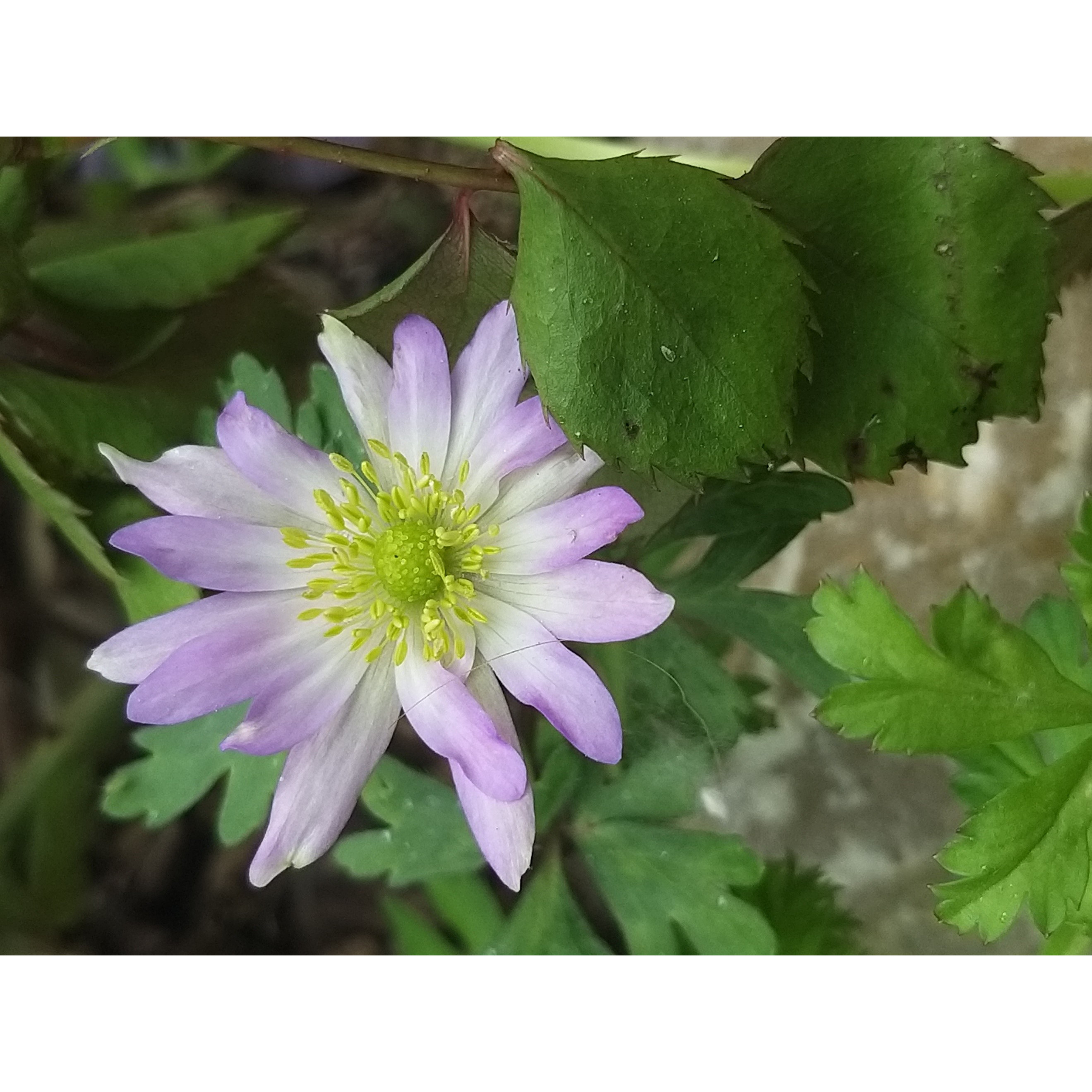
Thierry P.

April flowering - image 3
Thierry P. • 84 FR
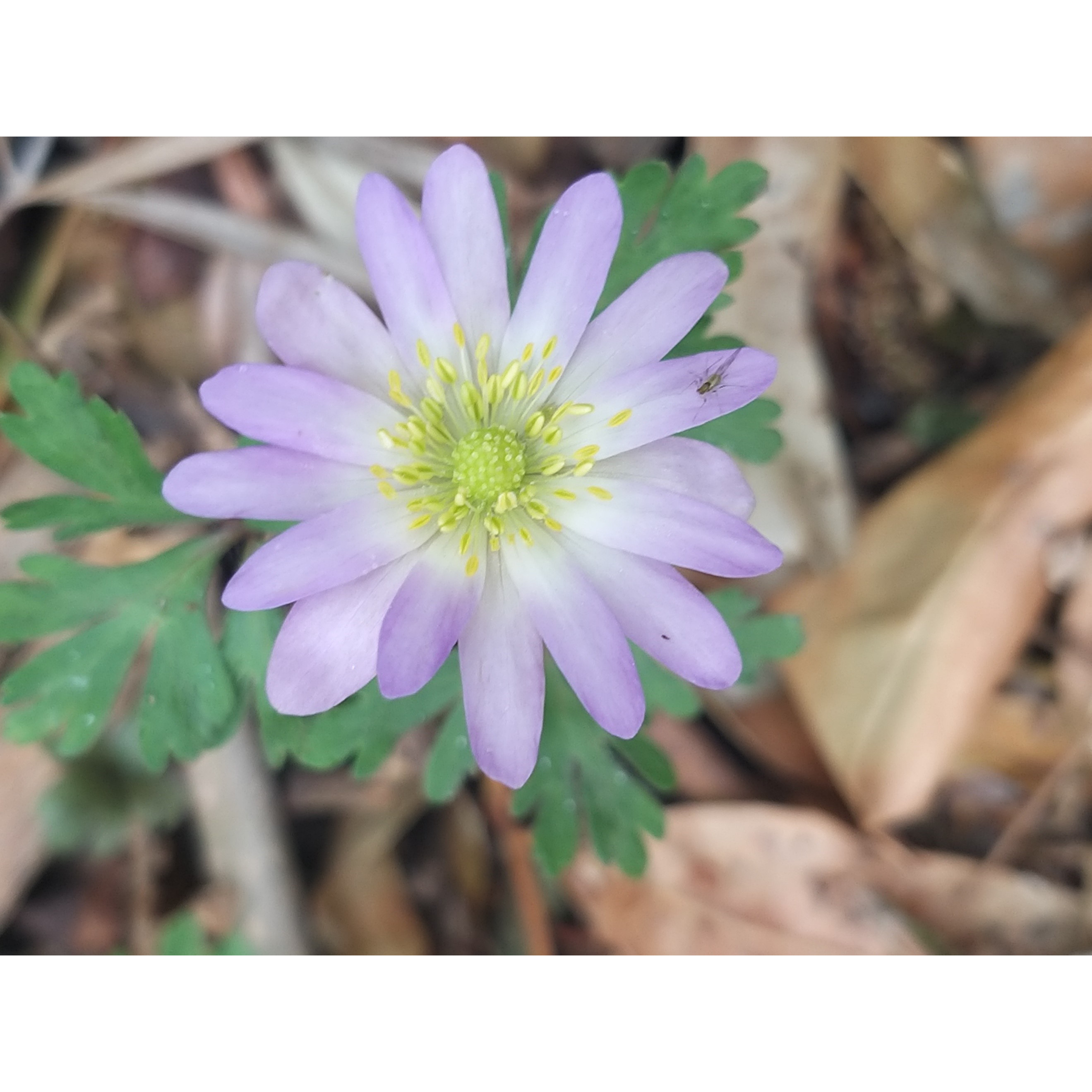
Thierry P.

April flowering - picture 2 - With its host (aphid).
Thierry P. • 84 FR
Anemone blanda Charmer
Anemone blanda Charmer
Grecian windflower, Winter windflower
Planted in autumn, I haven't seen any trace of them since...
Monique, 20/05/2025
Special offer!
Receive a €20 voucher for any order over €90 (excluding delivery costs, credit notes, and plastic-free options)!
1- Add your favorite plants to your cart.
2- Once you have reached €90, confirm your order (you can even choose the delivery date!).
3- As soon as your order is shipped, you will receive an email containing your voucher code, valid for 3 months (90 days).
Your voucher is unique and can only be used once, for any order with a minimum value of €20, excluding delivery costs.
Can be combined with other current offers, non-divisible and non-refundable.
Why not try an alternative variety in stock?
View all →This plant carries a 6 months recovery warranty
More information
We guarantee the quality of our plants for a full growing cycle, and will replace at our expense any plant that fails to recover under normal climatic and planting conditions.

Would this plant suit my garden?
Set up your Plantfit profile →
Description
Anemone Blanda Charmer, which could be translated as 'Charming Anemone', is a little-known yet delightful variety of flowering anemone. This small plant naturalises easily, forming beautiful carpets of flowers as soon as the first sunny days arrive. They are reminiscent of small daisies, and their enamel hues look wonderful among whitened stones or at the base of early-flowering trees. Mix the blanda anemones, their colors blend very well together! Plant them en masse at the base of shrubs or deciduous hedges: they multiply very easily in well-drained soil, and are resistant to dry and hot summers.
Anemone blanda is a herbaceous perennial plant with tuberous roots from the family Ranunculaceae. Native to mountainous areas of Greece and Turkey, it is a small plant of 15cm (6in) in all directions, with a spreading cushion habit, hardy and well adapted to summer drought. It self-seeds spontaneously in light soils. Its delicate foliage somewhat resembles parsley, it is dark green, finely cut and strongly dentate. It appears early in spring at the same time as the flowers, and then disappears in autumn, or sometimes in the middle of summer if the soil is dry. The flowers bloom in large numbers, from the month of March, as soon as the first sunny days arrive. The flowers of this Charmer variety resemble small daisies, about 3 to 4cm (1 to 2in) in diameter, composed of about fifteen petals in a lovely pink colour, spotted with white around the small light yellow centre. The flowering is followed by the formation of numerous seeds that germinate easily in light soil.
Very floriferous, easy to grow in well-drained soil, Anemone blanda enjoys the sun in early spring but likes to be slightly shaded in summer in hot climates. This small plant eventually forms large colonies through spontaneous sowing. Spreading as groundcover, it brightens up flower beds, rockeries or borders from spring and works well in planters for balconies, patios and window sills. The flowers of Anemone blanda, in pastel or brighter shades, work wonders under spring-flowering trees and shrubs, especially under apple trees, flowering cherries, and magnolias. Laden with flowers but still without leaves, their pastel colours will echo the enamel hues of Anemone blanda.
A tip: we love mixing these flowers with the emerging foliage of peonies in spring!
Anemone blanda Charmer in pictures
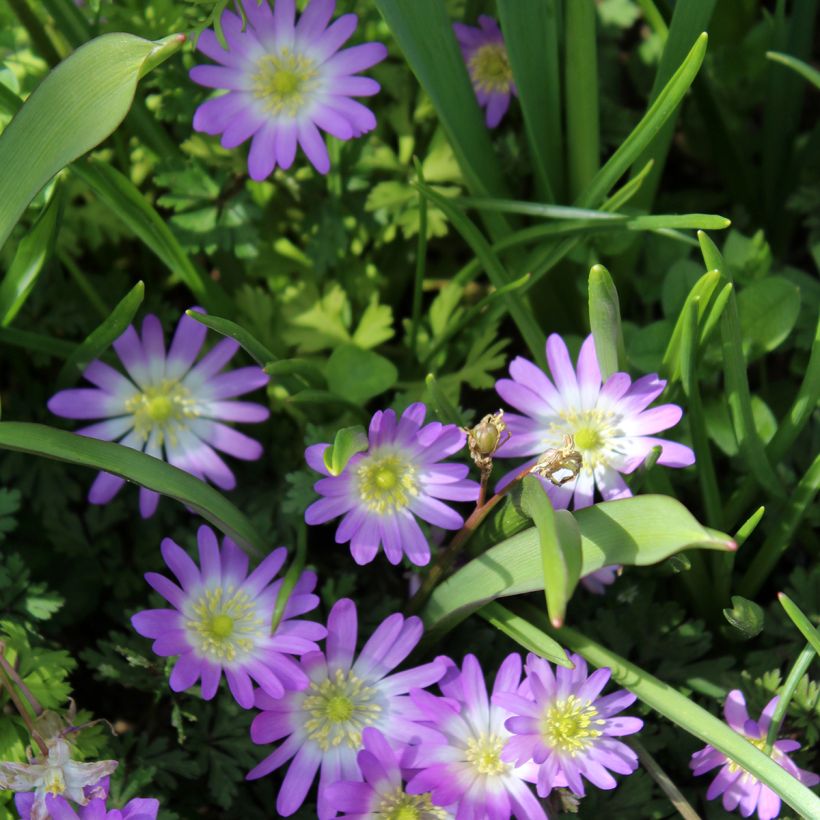

Plant habit
Flowering
Foliage
Botanical data
Anemone
blanda
Charmer
Ranunculaceae
Grecian windflower, Winter windflower
Cultivar or hybrid
Planting and care
Plant in autumn, in full sun in the cooler climates but in partial shade in hot climates, in good, not too compact garden soil, 8 cm (3in) deep and spaced 8 cm (3in) apart. Soak the corms for 24/48h before planting. If necessary, lighten the soil in your garden with compost and sand. Anemone blanda tolerates the presence of limestone in the soil and perfectly tolerates (even likes) dry soils in summer. Mulch in winter to protect the plant in very cold regions.
Our advice: You can leave this plant in place. It is only after two or three years that it will reach its full potential.
Planting period
Intended location
Care
Planting & care advice
-
, onOrder confirmed
Reply from on Promesse de fleurs
Similar products
Haven't found what you were looking for?
Hardiness is the lowest winter temperature a plant can endure without suffering serious damage or even dying. However, hardiness is affected by location (a sheltered area, such as a patio), protection (winter cover) and soil type (hardiness is improved by well-drained soil).

Photo Sharing Terms & Conditions
In order to encourage gardeners to interact and share their experiences, Promesse de fleurs offers various media enabling content to be uploaded onto its Site - in particular via the ‘Photo sharing’ module.
The User agrees to refrain from:
- Posting any content that is illegal, prejudicial, insulting, racist, inciteful to hatred, revisionist, contrary to public decency, that infringes on privacy or on the privacy rights of third parties, in particular the publicity rights of persons and goods, intellectual property rights, or the right to privacy.
- Submitting content on behalf of a third party;
- Impersonate the identity of a third party and/or publish any personal information about a third party;
In general, the User undertakes to refrain from any unethical behaviour.
All Content (in particular text, comments, files, images, photos, videos, creative works, etc.), which may be subject to property or intellectual property rights, image or other private rights, shall remain the property of the User, subject to the limited rights granted by the terms of the licence granted by Promesse de fleurs as stated below. Users are at liberty to publish or not to publish such Content on the Site, notably via the ‘Photo Sharing’ facility, and accept that this Content shall be made public and freely accessible, notably on the Internet.
Users further acknowledge, undertake to have ,and guarantee that they hold all necessary rights and permissions to publish such material on the Site, in particular with regard to the legislation in force pertaining to any privacy, property, intellectual property, image, or contractual rights, or rights of any other nature. By publishing such Content on the Site, Users acknowledge accepting full liability as publishers of the Content within the meaning of the law, and grant Promesse de fleurs, free of charge, an inclusive, worldwide licence for the said Content for the entire duration of its publication, including all reproduction, representation, up/downloading, displaying, performing, transmission, and storage rights.
Users also grant permission for their name to be linked to the Content and accept that this link may not always be made available.
By engaging in posting material, Users consent to their Content becoming automatically accessible on the Internet, in particular on other sites and/or blogs and/or web pages of the Promesse de fleurs site, including in particular social pages and the Promesse de fleurs catalogue.
Users may secure the removal of entrusted content free of charge by issuing a simple request via our contact form.
The flowering period indicated on our website applies to countries and regions located in USDA zone 8 (France, the United Kingdom, Ireland, the Netherlands, etc.)
It will vary according to where you live:
- In zones 9 to 10 (Italy, Spain, Greece, etc.), flowering will occur about 2 to 4 weeks earlier.
- In zones 6 to 7 (Germany, Poland, Slovenia, and lower mountainous regions), flowering will be delayed by 2 to 3 weeks.
- In zone 5 (Central Europe, Scandinavia), blooming will be delayed by 3 to 5 weeks.
In temperate climates, pruning of spring-flowering shrubs (forsythia, spireas, etc.) should be done just after flowering.
Pruning of summer-flowering shrubs (Indian Lilac, Perovskia, etc.) can be done in winter or spring.
In cold regions as well as with frost-sensitive plants, avoid pruning too early when severe frosts may still occur.
The planting period indicated on our website applies to countries and regions located in USDA zone 8 (France, United Kingdom, Ireland, Netherlands).
It will vary according to where you live:
- In Mediterranean zones (Marseille, Madrid, Milan, etc.), autumn and winter are the best planting periods.
- In continental zones (Strasbourg, Munich, Vienna, etc.), delay planting by 2 to 3 weeks in spring and bring it forward by 2 to 4 weeks in autumn.
- In mountainous regions (the Alps, Pyrenees, Carpathians, etc.), it is best to plant in late spring (May-June) or late summer (August-September).
The harvesting period indicated on our website applies to countries and regions in USDA zone 8 (France, England, Ireland, the Netherlands).
In colder areas (Scandinavia, Poland, Austria...) fruit and vegetable harvests are likely to be delayed by 3-4 weeks.
In warmer areas (Italy, Spain, Greece, etc.), harvesting will probably take place earlier, depending on weather conditions.
The sowing periods indicated on our website apply to countries and regions within USDA Zone 8 (France, UK, Ireland, Netherlands).
In colder areas (Scandinavia, Poland, Austria...), delay any outdoor sowing by 3-4 weeks, or sow under glass.
In warmer climes (Italy, Spain, Greece, etc.), bring outdoor sowing forward by a few weeks.































